All about floral wire

Professional florists and flower arrangers use a variety of tools. And an irreplaceable assistant in this work is wire... It is offered in a wide variety of sizes, shapes and applications. To choose the right floristic wire, you need to study information about it and understand the characteristics.
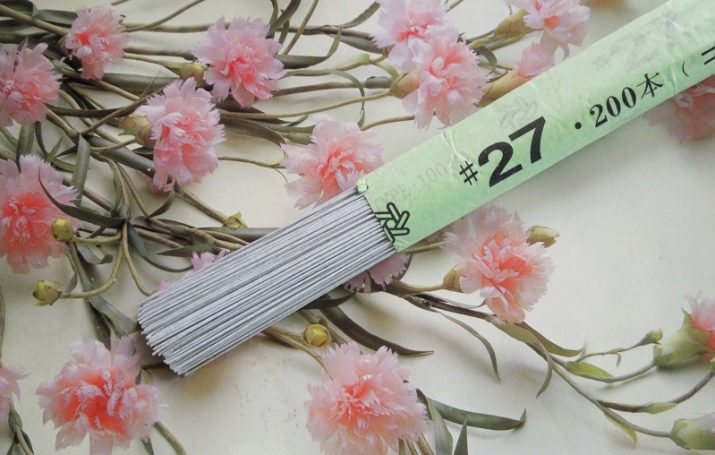
What is it for?
Wire is a means of fixing flowers in a composition, therefore it is most often used in floristry. Thanks to this tool, you can lengthen the stem of the plant, strengthen it. Depending on the type of wire, it is used to create jewelry, crafts and souvenirs. The main advantage of the product is its strength and flexibility. The wire is capable of taking any shape, amenable to change, so you can make anything out of it.
For floristry, the product is useful to create compositions, to give the plant stem strength, therefore, in stores, specialists often take wire for gerberas, and other delicate plantings. Artificial flowers can be held together with wire for interior decoration. In fact, this is a low-carbon steel wire, sometimes stainless steel or copper is used. The outside is covered with special enamel, so you can find the product in different colors.
It should be noted that the wire has found its application not only in floristry.
Many craftsmen use a floral wire during creating jewelry, since it can hold the elements of the product in place, such a detail is also relevant in beadwork.
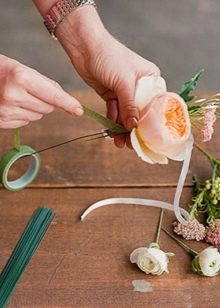
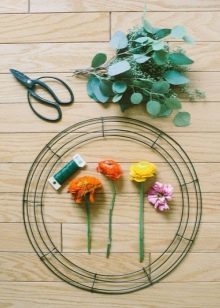
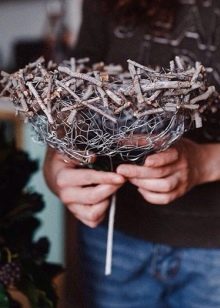
Varieties
There are several types of floristic wire on the market, each with its own characteristics and scope, so it is recommended to carefully study the description before buying.
This will allow you to analyze the characteristics, compare the advantages and find the most suitable option.
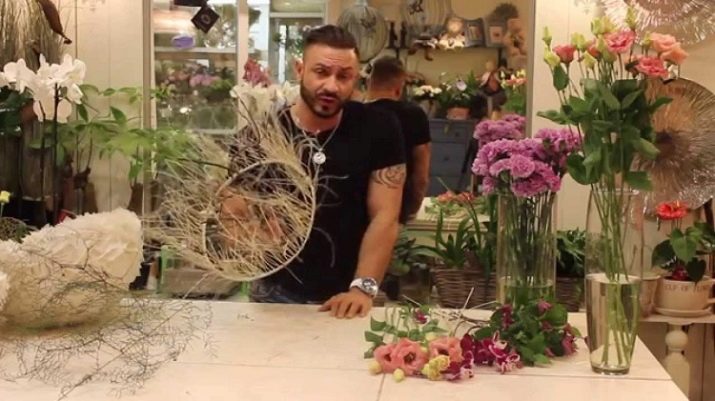
Gerbernaya
This wire is used to to make the stem of gerberas more flexible, hence the name. It is available in several colors, so you should choose based on what the wire will be used for. This connecting element has strength, but at the same time is pliable, which is very necessary in floristry. Thanks to the rod, the master can create a flawless curl. Such fittings are often produced in 30 cm segments, but there are options for 50 cm. Gerber wire is called drut. It is painted with varnish, which is practical when repairing the flower stem. With the help of such accessories, you can make artificial bouquets, crafts, flower frames.
Available in different thicknesses, which affect flexibility and strength.
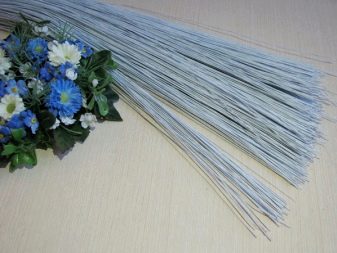

Broth
Such a fancy name is thin metal wire that has a colored coating. The main difference from gerbera is that it twists into springs, so the thread is wavy. On the market you can find a fairly thin floristic wire, there is a thread with a triangular edge. The main feature is that it is possible to stretch as much as 100 m of the connecting element from a 5 cm cable. The metal base guarantees strength, perfectly holds the elements together, therefore it is often used in decor.
Another type of wire can be called rods, which are wrapped in paper. Such a tool has found application in ceramic floristry.
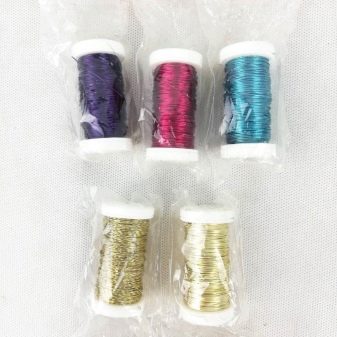
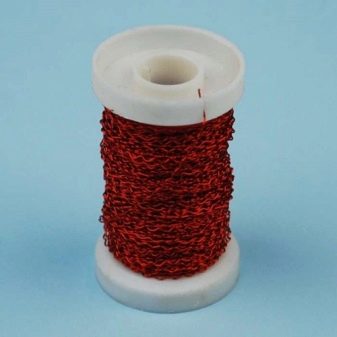
Dimensions (edit)
This indicator plays an important role when buying a tool. It is necessary to take into account the weight of the flower or other product where the wire will be used. The market offers wires with a diameter of 0.1 mm to 2.2 mm. If you are going to work with roses or peonies, it is better to pay attention to the wire, the size of which is at least 1.8 mm. For lilies and asters, 1.2 mm is suitable, and a wire with a diameter of 0.7 mm will withstand inflorescences and field daisies.


Colour
The greatest demand is for green wiresbecause they are ideal for working with the stem of the plant. However, one can find white, gray and transparent floristic tool. Colorless wire more suitable for beading, so as not to interrupt the shade of the beads.
It is necessary to select a connecting element according to different parameters, while always taking into account the field of application.


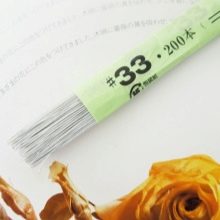
Selection Tips
To determine what type of wire is needed, first it is important to understand the purposefor which it is intended. For each product name there is a detailed characteristic, parameters are indicated by which you can easily select the right tool. You should not be guided "by eye", as you may encounter a discrepancy in size and strength, so you will have to re-buy a floral element. It is always numbered as follows - 33 * 15. The first digit is the wire number and the second is the wire length.
Concerning sizes, you need to multiply the second figure by 25.4, and then you will receive the answer. If you need a connecting element for large flowers or heavy decor, then it is better to take fittings with a diameter of 2.2 mm, as they are durable and bend well. For miniature products, 0.1 mm is suitable, so this tool is enough to create stamens of small inflorescences. Please note that the thickness decreases with increasing tool number, take this nuance into account.
The stiffness of the thread is also an important indicator.
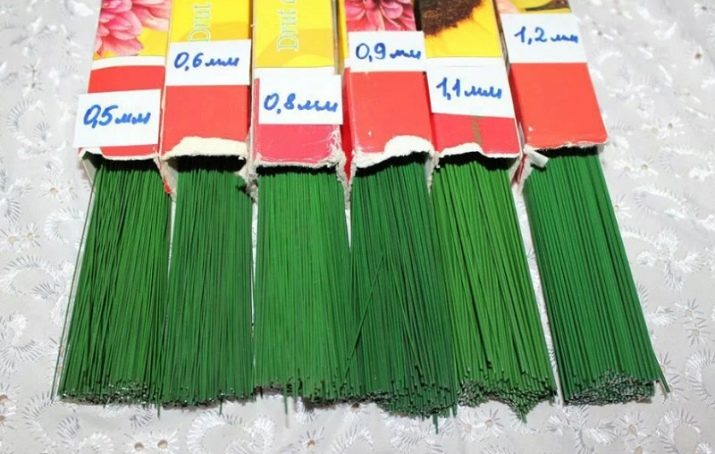
Instructions for use
As soon as the floristic thread of the required parameters has been acquired, you can proceed directly to its operation. If it comes about fixing the stem of the flower, this must be done carefully. Gerberas are considered delicate plants, the flower head is very heavy, so it cannot stand level in the vase. Thus, it is possible to give the intended form of the composition with the help of the material. This element must be inserted into the stem to create a stable frame. Sometimes to fix the flower itself, the base must be wrapped with thread, and then the gerberas will be more stable in the vase.
This technique is also used to strengthen carnations, hyacinths, and other delicate flowers with weak stems. Thanks to the wire, you can create original arrangement, using the most delicate plants in the composition.
As for the beading, beads are put on a thin wire thread, after which the product can be easily shaped, which is required to create a decoration. Special care is required only with fresh flowers and herbarium, which can easily break. With such a tool, you can master needlework, creating beautiful products from any materials, connecting them with floral wire.
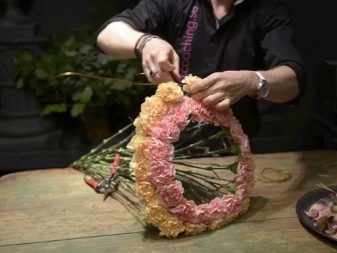

You can watch a video review of wire for ceramic floristry in the next video.








